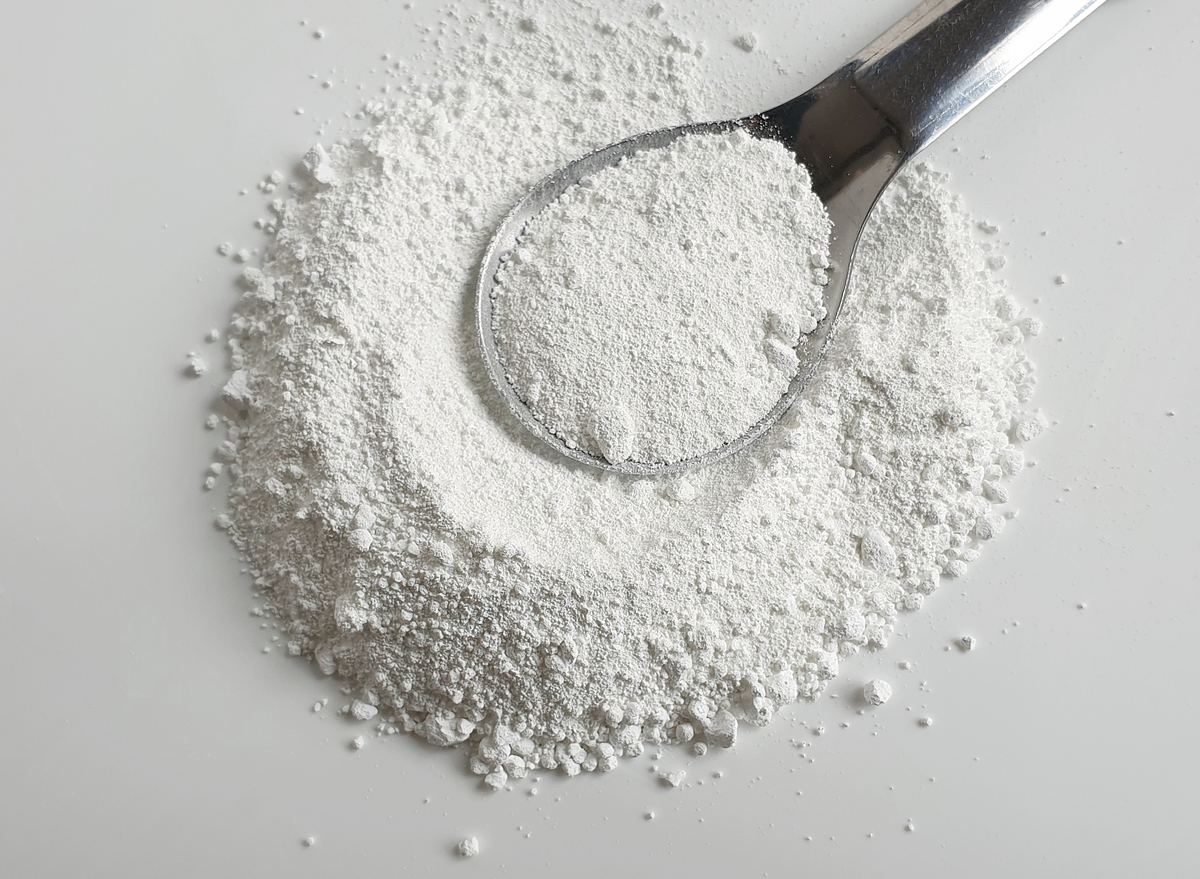Titanium dioxide (also called TiO2, white titanium, or Pigment White 6 – PW6)) is a star in a variety of industries. It’s especially prominent in paints, rubber plastics, and paper. This versatile substance, famous by its dazzling white pigment, plays a pivotal role in transforming raw materials into vibrant, finished products. The following article will discuss the marvels and applications of titanium oxide, and also its manufacturing process to understand how it impacts diverse industries.
The Canvas of Titanium Dioxide: A palette of Possibilities
Titanium dioxide stands as an important component in the manufacture of numerous products, enhancing the aesthetic appeal and function of items we encounter daily. Pigment White 6 plays a major role in the production of paints. This vibrant transparent white color adds the radiance and coverage of both artistic and industrial applications.

In the industry of plastics titanium dioxide is not just a component that provides color, but acts as an UV stabilizer protecting against the harmful effects induced by ultraviolet radiation. This double-purpose makes it an indispensable ingredient in a myriad of plastic products, from packaging materials to durable outdoor items.
The Manufacturing Alchemy: Titanium Dioxide Production Processes
The production of titanium dioxide requires a number of intricate processes, with two predominant methods leading the way: the sulfuric acid method as well as the chlorination process. Each method is distinctive and has different applications. This is the reason for the flexibility of titanium dioxide in various industries.
The Sulfuric Acid Method: This procedure involves the reaction minerals that contain sulfuric acid with titanium that results in the creation of a titanium sulfate solution. This solution is then hydrolyzed to produce hydrated titanium dioxide. After calcination the final product is a fine white powder that can be utilized in a variety of industries, such as paint and paper.
The Chlorination Process: By contrast, the chlorine process uses chlorine gas to react with titanium-bearing minerals, creating titanium Tetrachloride. Through an array of chemical changes, titanium tetrachloride is oxidized into pure titanium dioxide. This method is prominent in the production of titanium dioxide for the plastics and rubber industries.
Titanium Dioxide Applications: Art and Science
Painting Brilliance Across Industries: Titanium dioxide’s importance in the painting industry is unmatched. The capacity of titanium dioxide to give a vibrant white color and high coverage which makes it a perfect choice for industrial and residential applications. The brilliance it brings to the canvas is not only visible, but also useful in increasing the lifespan of the painted surface.
Shape plastics with radiant. In plastics titanium dioxide serves two purposes. Apart from its role as a white colorant titanium dioxide is also a UV stabilizer, offering vital protection against the damaging effect of sunlight. This is why titanium dioxide is an integral component in the production of outdoor plastics that ensures they keep their structural integrity and aesthetic appeal throughout time.
In the paper industry titanium dioxide plays a role in enhancing the whiteness and transparency of papers. The addition of titanium dioxide improves the clarity and brightness of printed materials. The use of titanium dioxide in paper production extends beyond aesthetics, and plays an essential role in improving the quality of printed papers.
The rubber’s resilience and UV resistance The industry of rubber benefits from the UV-resistant properties of titanium dioxide. Titanium dioxide is used in rubber products that are exposed to sunlight which increases the quality and durability of items made of rubber.
Titanium Dioxide: Beyond Pigment, its Invisible Impact
Although titanium dioxide’s influence is visible as a colorant, it goes far beyond it. Its capability to enhance the toughness, resilience, and endurance of different industrial materials is what makes it an invisible important contributor to the efficiency and quality of final products.
Titanium dioxide is an element that has a significant influence on various industries. It effortlessly blends into their fabric. In the form of Pigment White 6, it creates a stunning effect on canvases that are both industrial and artistic. The production process is a mix of two processes which are chlorineation and sulfuric acid. This creates a broad array of possibilities. If it’s for enhancing the appeal of paints, fortifying plastics against UV rays, making paper more bright, or protecting rubber, titanium dioxide stands as a testament to the harmonious combination of art and science in the realm of manufacturing. The dazzling light of titanium dioxide illuminates the world all around us, turning various products into ones that are durable and bright.
